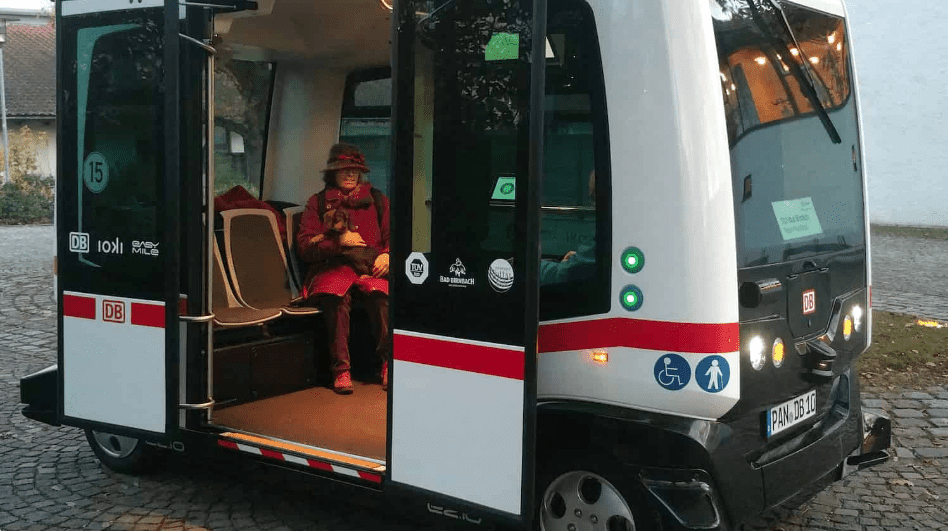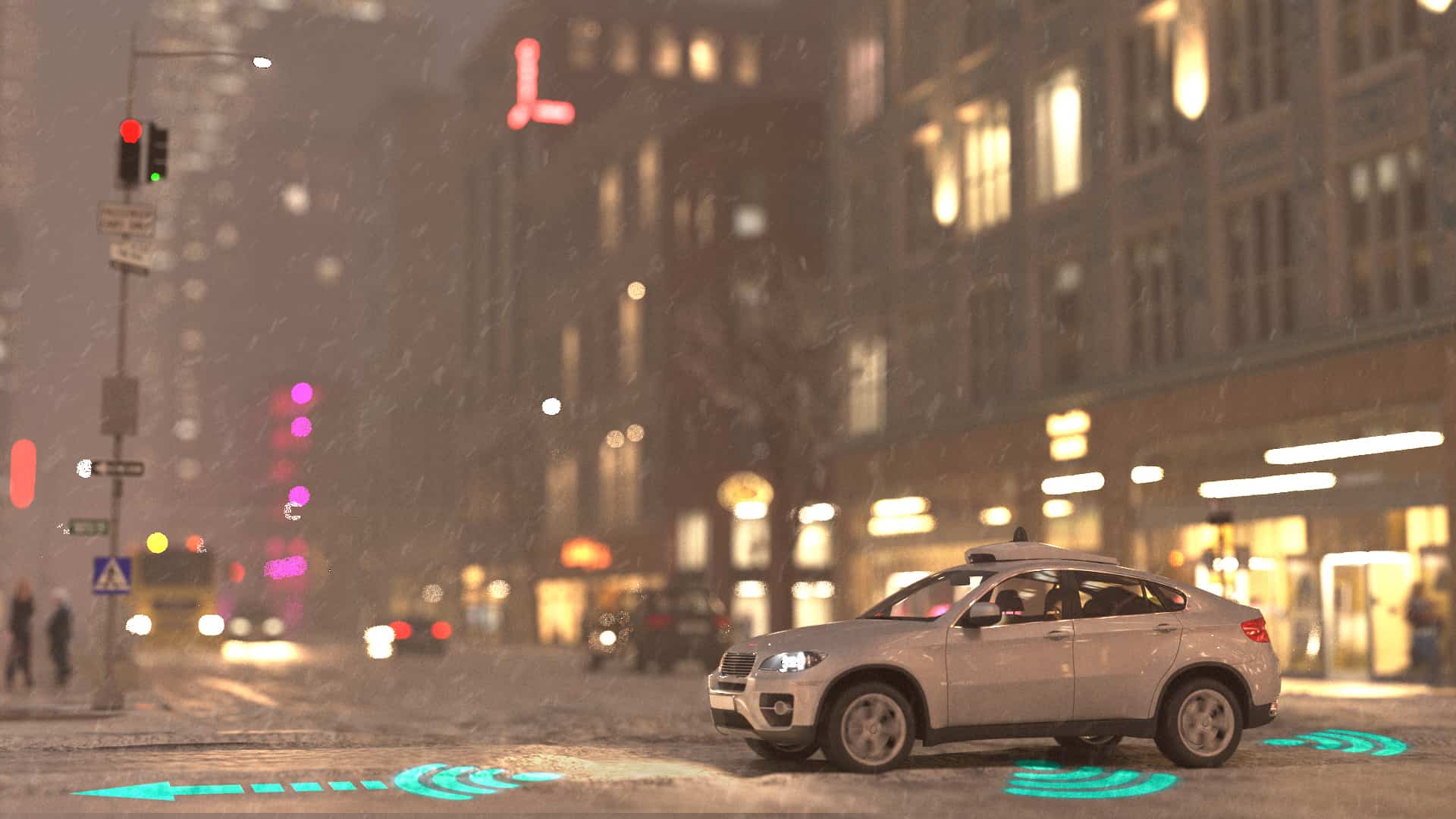
Autonomous vehicles could significantly reduce accidents – at least in the future. However, serious accidents with physical injuries currently still occur with self-driving vehicles. According to experts, this has a clear cause: vehicles of different autonomy levels on the road lead to a mixed traffic situation with incompatible driving styles.
Data-driven vehicles react differently than humans. This can result in them not fully recognizing critical situations and behaving unpredictably. To make matters worse, there are no standards, and autonomous vehicles from different manufacturers have different designs for their products’ concepts, training, and testing.
“Accidents will look different than they do now. But currently, we don’t know exactly what they will look like. This lack of knowledge is an obstacle to improving the safety of future mixed traffic situations,” said Professor Alessio Gambi, project leader in the Department of Science and Technology at IMC Krems University of Applied Sciences. He is one of 10 partners in the EU-funded research project Flexcrash, which aims to expand the knowledge base – and develop approaches to solve problems.
Improving crash safety
The main goal of the research project is to develop a new manufacturing technology for vehicle structures. The materials are high-strength green aluminum alloys that meet the European Union’s sustainability goals. Green aluminum is low on carbon and can consist of up to 90% recycled aluminum. As such, it helps reduce CO2 emissions in the manufacturing process. As for the project objective, aluminum combines the benefits of lightweight construction with those of improved crashworthiness.
The researchers want to create a new generation of crash-resistant structures that perform excellently under various impact angles and unexpected crash conditions. To achieve that, they plan to use hybrid manufacturing technologies and additive processes to apply surface patterns to preformed parts.
Reducing the risk of injury
70 percent of all vehicle collisions occur in head-on collisions. Therefore, the solutions in the Flexcrash project focus on the front structure. However, the technologies to be developed can be applied to various safety-relevant vehicle parts with a high risk of injury to occupants. The new technology to be developed should contribute significantly to reducing fatalities and injuries in crashes. At the same time, the manufacturing costs of autonomous vehicles should come down.
To achieve this research goal, safety requirements for current and future driving scenarios must first be established. Therefore, advanced crash, toughness, fracture, and fatigue tests must be performed.
Identifying crash scenarios
The task of Professor Gambi and his team from the IMC Krems University of Applied Sciences is to use the currently available crash databases to identify relevant crash scenarios that may also involve autonomous vehicles. This research should lay the foundation for a simulation platform for studying virtual live interactions between humans, advanced driver assistance systems (ADAS), and autonomous vehicles.
Data on these are hardly available at the moment. This is because the degree of autonomy of vehicles involved in an accident has only been systematically recorded worldwide in one publicly accessible database: the California Department of Motor Vehicles (DMV) autonomous vehicle database. In other databases, information on the degree of autonomy of the vehicles involved in the accident is not mandatory, as there are no regulations.
Accidents based on real interactions
So, for now, Gambi and his team must rely on the available data, which usually do not provide information on the degree of autonomy of the vehicles involved. Therefore, they are more suitable for studying human behavior. However, once databases with information on the degree of autonomy of vehicles are published, they will also find their way into the study and simulations. To extract and analyze the data from the databases, the researchers will use specially developed machine learning algorithms.
In the project’s first step, these existing traffic scenarios from databases such as CARE, GIDAS, STRADA, and ZEDATU will be fed into special simulations such as BeamNG.tech.

In the second step, the team will develop an open online simulation platform. This is based on the principles of popular video games and allows players to interact remotely with each other and with an artificial intelligence. For the researchers, the goal is to explore live virtual interactions between human drivers and (simulated) autonomous vehicles. This will allow them to generate additional traffic scenarios based not on past accidents but real interactions.
Increasing the severity of accidents virtually
These simulations of traffic scenarios are made possible by unique search algorithms developed by the researchers. The algorithms use data from databases and platforms to calculate virtual crash scenarios that anticipate possible actions of autonomous vehicles. “Using our algorithms, we can steadily increase the virtual severity of simulated crashes without much effort. This allows us to identify the vehicle structures that are mainly involved in severe accidents – and predict their behavior in such situations,” explained Professor Gambi.
According to Gambi, this platform for conducting studies on mixed traffic scenarios is a unique project in the world. Many simulations exist that focus on different aspects of driving and at different levels of abstraction, for example simulations of car accidents recreated from texts, accident sketches and dashcam videos. However, this is still uncharted territory and “fraught with several technical challenges and open problems,” the professor said.
To realize autonomous vehicles’ theoretically higher safety potential, people will have to adapt to the technology, Gambi warns. This, he says, will become increasingly easier as technology advances. “In the meantime, people should study worst-case accident scenarios to be prepared – and build appropriate safety mechanisms into the vehicles.”

